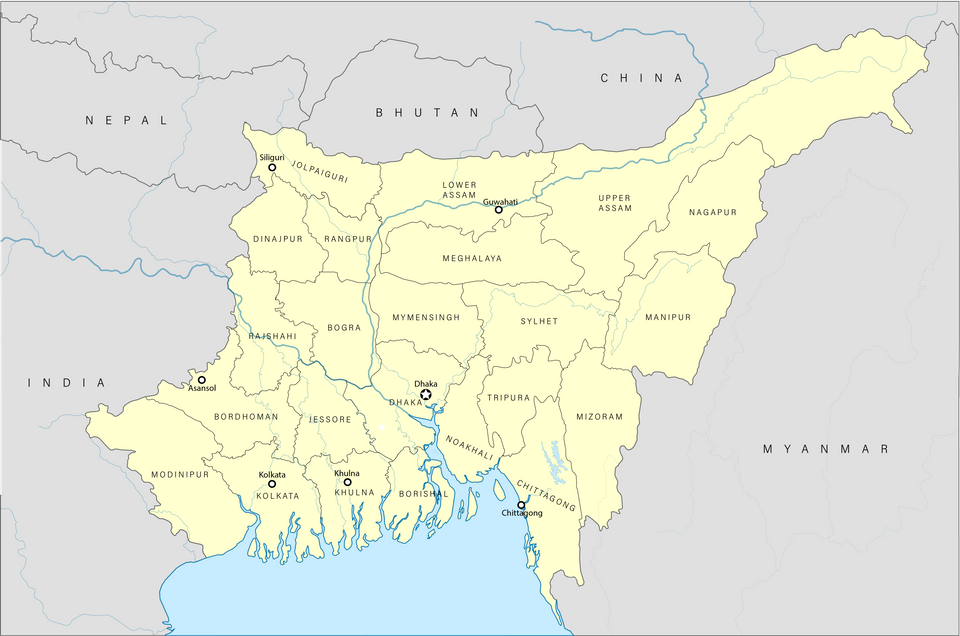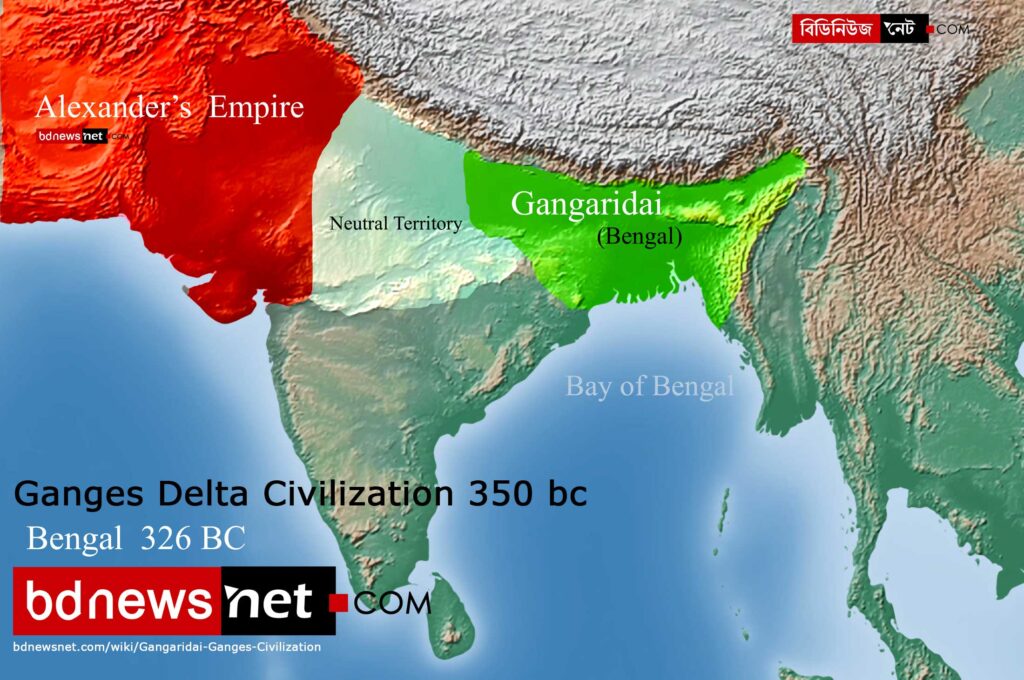The region of Bengal is deeply rooted in history. It has seen the rise and fall of civilizations, wars, invasions, famines, natural disasters and much more since ancient times. The region itself also has a very interesting story to tell. History says it was once a powerful independent kingdom feared by Alexander the great.
United Bengal is a political ideology for a unified Bengali-speaking nation in South Asia. The ideology developed among Bengali nationalists after the first partition of Bengal in 1905. The British-ruled Bengal Presidency was divided into Western Bengal and Eastern Bengal and Assam to weaken the Bengali nationalist movement; after much protest, Bengal was reunited in 1911 .
The United Bengal Movement which has been going on for a long time now is finally coming to an end or some people belive it will gain momentum in future.
History of United Bengal
Bengal was conquered by the British in 1757 in the Battle of Plassey. Nawab of Bengal Sirajuddaula was defeated and the way was paved for the establishment of British rule in India. Bengal was the center of British rule in South Asia. The conquest of Bengal made significant contributions to the Industrial Revolution in Britain.
The United Bengal initiative failed for British policy to punish Bengalis for armed resistance and congress opposition towards an Independent Bengal. What later sparked communal violence around India & Pakistan. After a failed attempt to divide Bengal s in 1905 , British successfully divided Bengal between India and Pakistan in 1947 against the demand of a United Bengal .
The United Bengal Movement is now a platform created to support the creation of a new nation, called Bangla, out of the current territory of India and Bangladesh. The movement was started by citizens from both countries who believe that their shared history, as well as their economic interests, make this an ideal solution for all parties involved.

Bengali’s played a major in the anti-colonial movement in South Asia. Bengal was always the centrepiece of all military and political movements against British rule in South Asia. The most aggressive military campaign to overthrow British was launched by Bengali political leader Subhas Chandra Bose in 1940, he led the military campaign allied with Japan & Germany to fight British imperialism.
As Japan and Bose army advanced in Burma towards Bengal, British PM Winston Churchill ordered to destroy all civilian Boats in Bengal and & export the grains stock to others presidency What resulted in the Bengal famine of 1943 & caused 3 Million Death of Bengali people. After the surrender of Japan, the British Cabinet Mission of 1946, split Bengal in India and Pakistan known as partition of Bengal 1947 against a Popular Demand of United Bengal . Bengal Prime MinisterHuseyn Shaheed Suhrawardy and Sarat Chandra Bose campaigned for a Unified Bengal.
The movement for a separate nation of Bangladesh was started by Huseyn Shaheed Suhrawardy, known as the “Sher-e-Bangla”
They felt the necessity of making Bengal a self-sufficient state with its own constitution. They emphasized that Bengal belonged to the Bengalis and was indivisible. He hoped that all sections of the people of the province would want to live and work for making Bengal a glorious land. Suhrawardy maintained that independence would usher in a new era of peace and prosperity in Bengal.
British divided India in 1947. But why did they divide Bengal?
These are some questions that throw light on why a great nation like Bengal was split into two parts. The reason is very simple: “divide and rule.” It’s a known fact that during World War II, Subhash Chandra Bose with Japanese support fought against the British for Indian and Bengals freedom, but he lost his life while fighting in Taiwan. After this, there were no strong leaders who could lead such movements successfully which led to the division of Bengal. This is one more example of how colonial powers always tried to create differences among people so as to continue their domination over
History of Bengal
Bengal is a land that has seen many changes throughout its rich history. From the time of its first settlers to the present day, Bengal has experienced many events that have helped shape it into what it is today. Although there are several aspects of Bengal’s past, this post will focus on how Bengal was created through the merging of two princely states.
The British empire wanted to create one large Indian state by merging together various smaller kingdoms and regions in order to make governing them easier.

United Bengal

This is the historical map of united Bengal and Bengali speaking region of South Asia. The Bengal region lies in the Ganges-Brahmaputra delta, but there are highlands in its north, northeast, and southeast. Politically, Bengal is now divided between the sovereign Republic of Bangladesh, and India,s West Bengal, Tripura, and Asam. This map region is the map of Bengal Sultanate before the Battle of Plassey.
United Bengal is a political ideology for a unified Bengali-speaking nation in South Asia. The ideology developed among Bengali nationalistsafter the first partition of Bengal in 1905. The British-ruled Bengal Presidency was divided into Western Bengal and Eastern Bengal and Assam to weaken the independence movement; after much protest Bengal was reunited in 1911.
The United Bengal proposal was the bid made by the BengaliPrime MinisterHuseyn Shaheed Suhrawardy and nationalist leader Sarat Chandra Bose to found a united and independent nation-state of Bengal.[1][2] The proposal was floated as an secular alternative to the partition of Bengal on communal lines. The initiative failed owing to British diplomacy and communal conflict between Muslims and Hindusthat eventually led to the second partition of Bengal.


